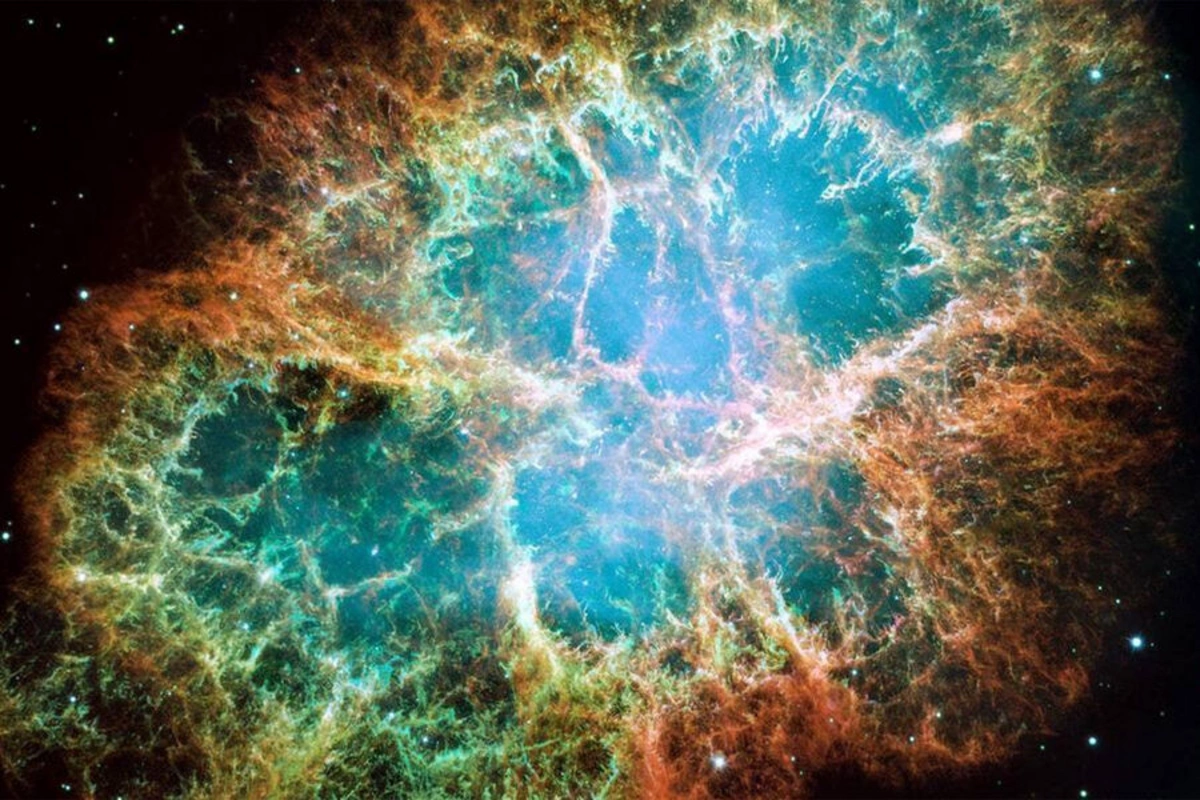A mysterious giant bubble discovered in our galaxy

Astronomers from Chalmers University of Technology in Sweden have discovered a giant bubble of gas and dust around the red supergiant DFK 52 - the largest such structure known in our galaxy. The mass of the ejected material is comparable to the mass of the Sun, and the bubble itself stretches for 1.4 light years. The work is published in the journal Astronomy and Astrophysics (A&A).
"We were surprised when we saw the ALMA data. This star is almost a twin of Betelgeuse, but it is surrounded by a huge chaotic cloud of matter," said Mark Siebert, the lead researcher.
According to estimates, the material was ejected about 4,000 years ago as a result of a powerful outburst, during which the star shed part of its outer layers. Usually such events precede a supernova explosion, however DFK 52 still exists, which remains a mystery for researchers.
Analysis of the movement of molecules in the cloud showed that the bubble continues to expand. One hypothesis is that the mass ejection could have been caused by the supergiant having a "hidden" companion that influenced its evolution.
Red supergiants like DFK 52 are rare and bright stars completing their life cycle. In the future, they should explode as supernovae. Scientists do not rule out that this particular star may become the next "cosmic flash" in our Galaxy.
"We are planning new observations to better understand what is happening and to find out if DFK 52 could be the next supernova in the Milky Way. If this star is typical, then its demise may come within the next million years," explained astronomer Elvire De Beck.




 Azərbaycanca
Azərbaycanca  По-русски
По-русски  English
English 





